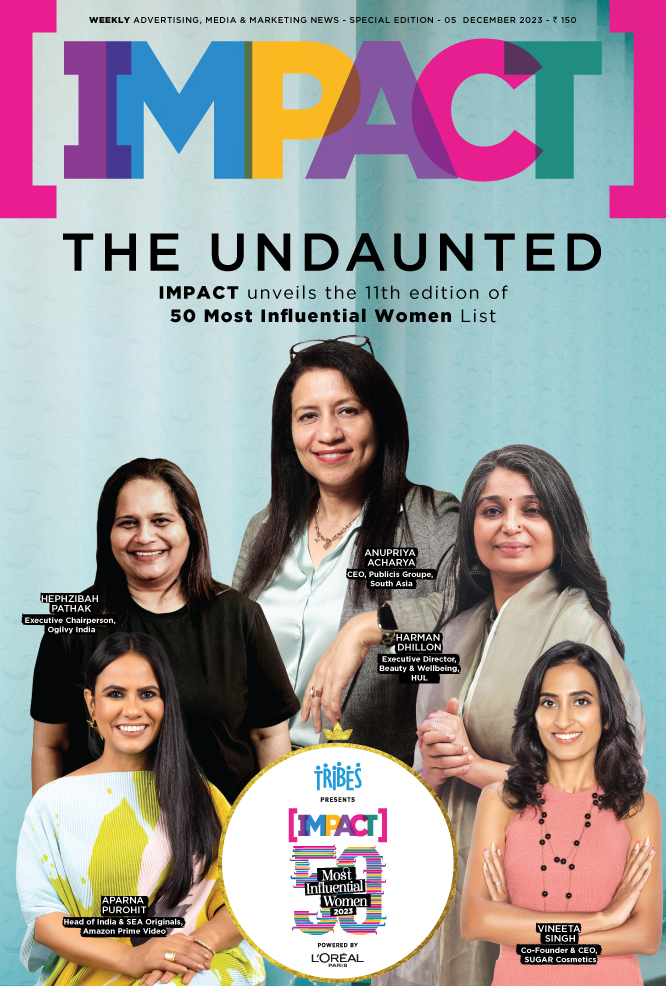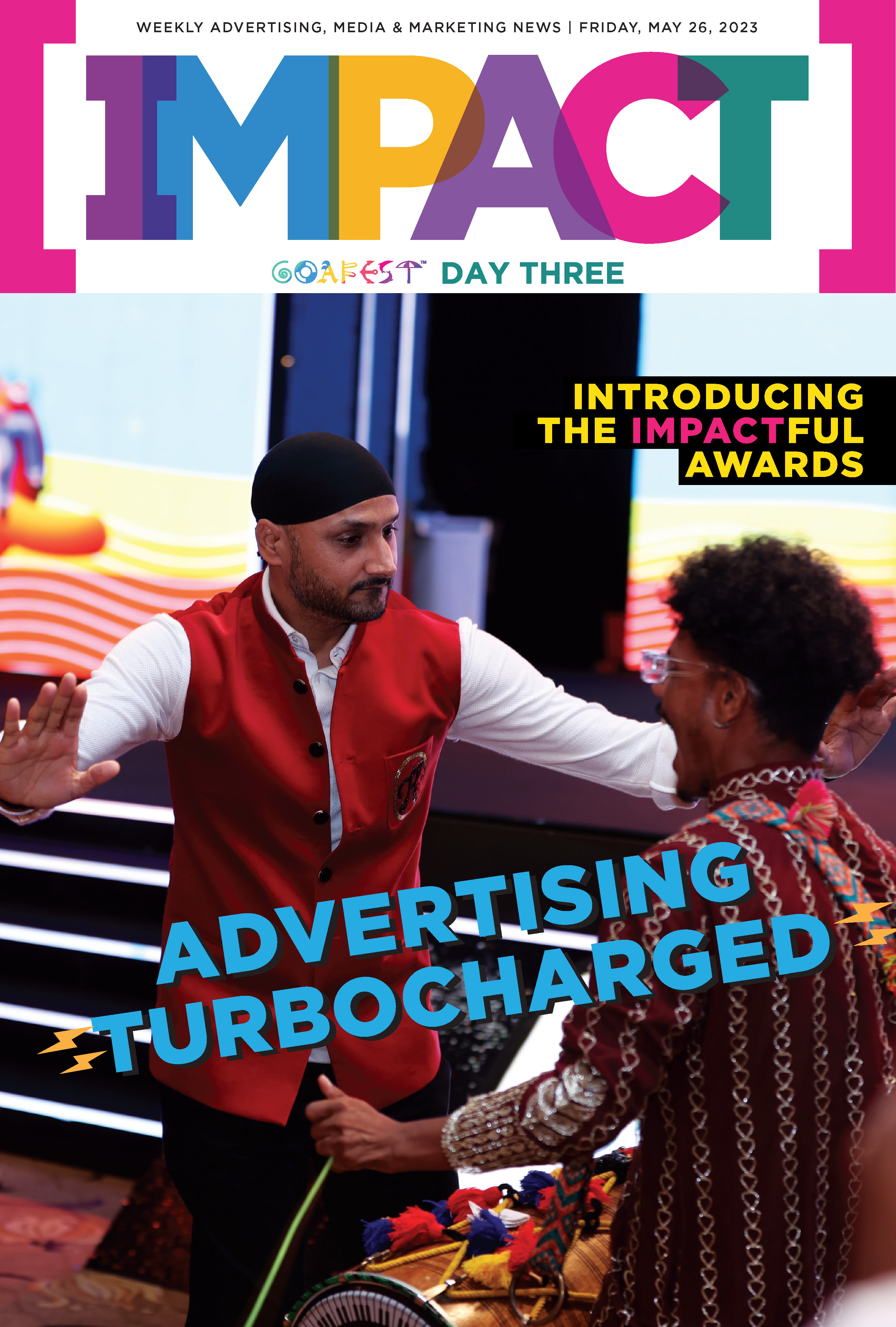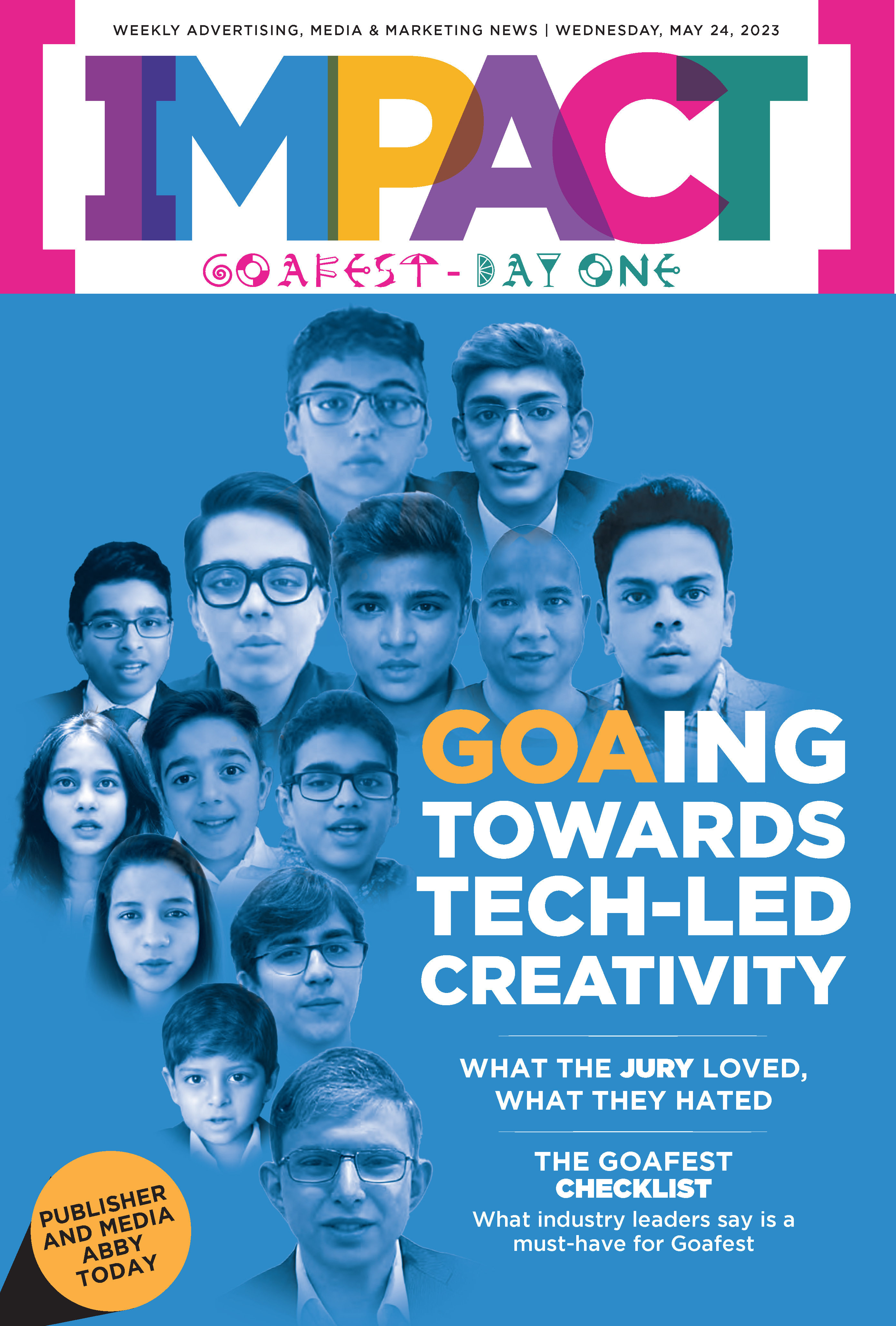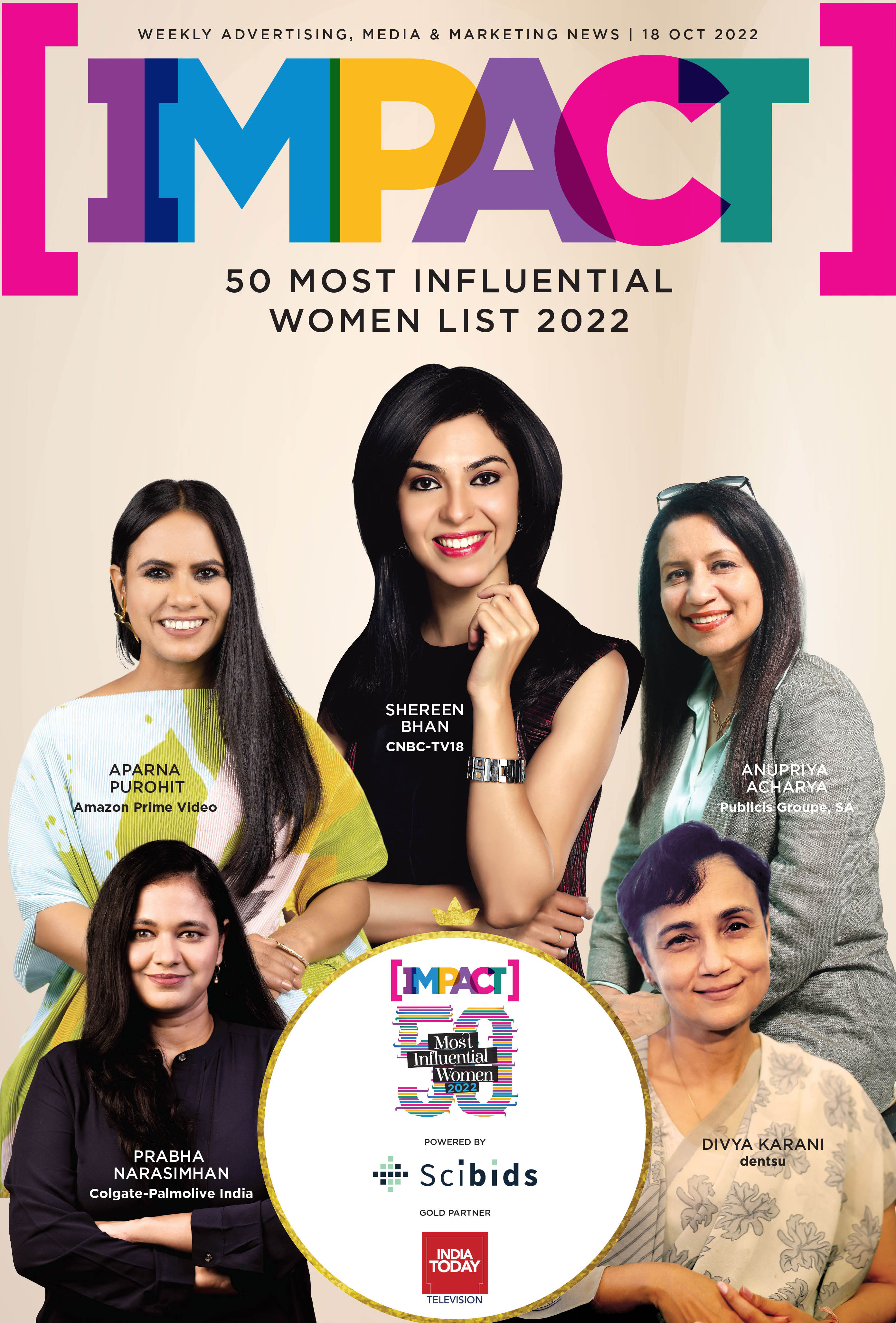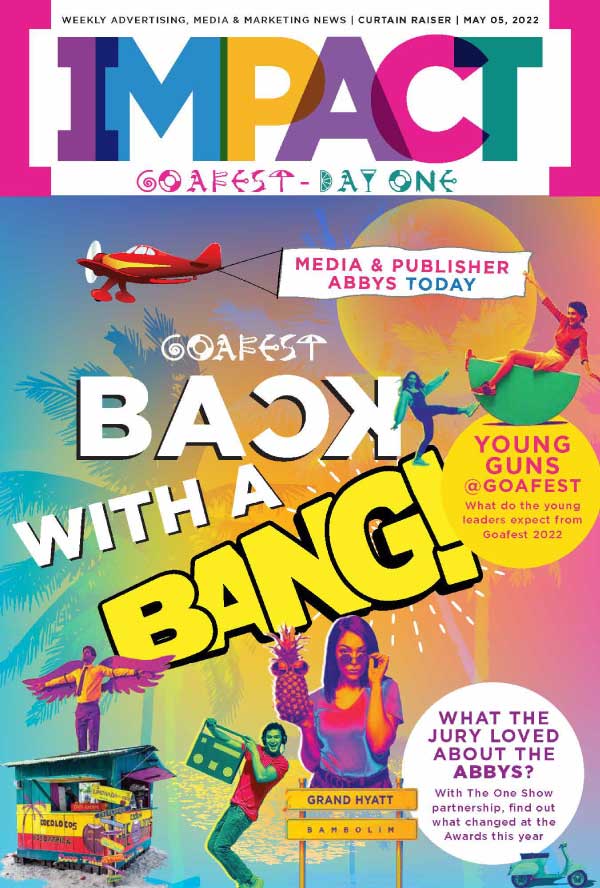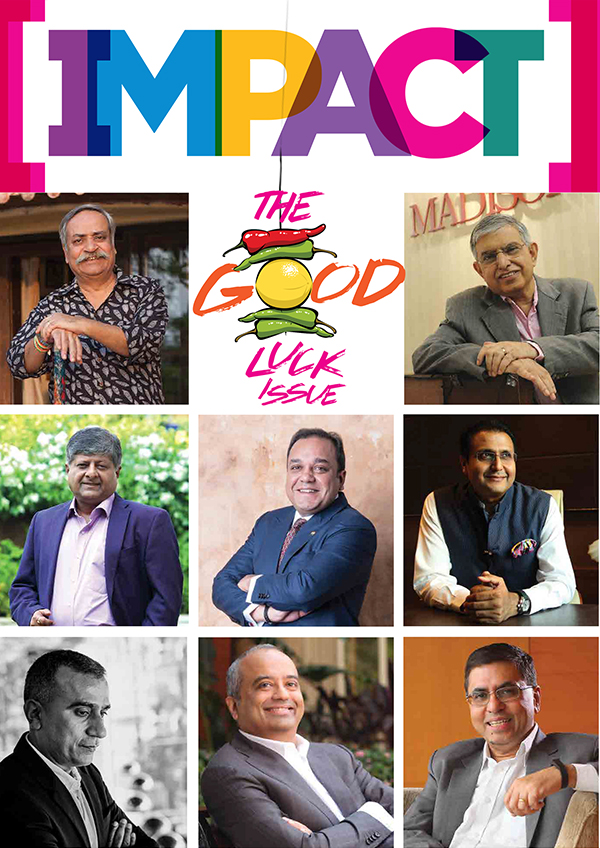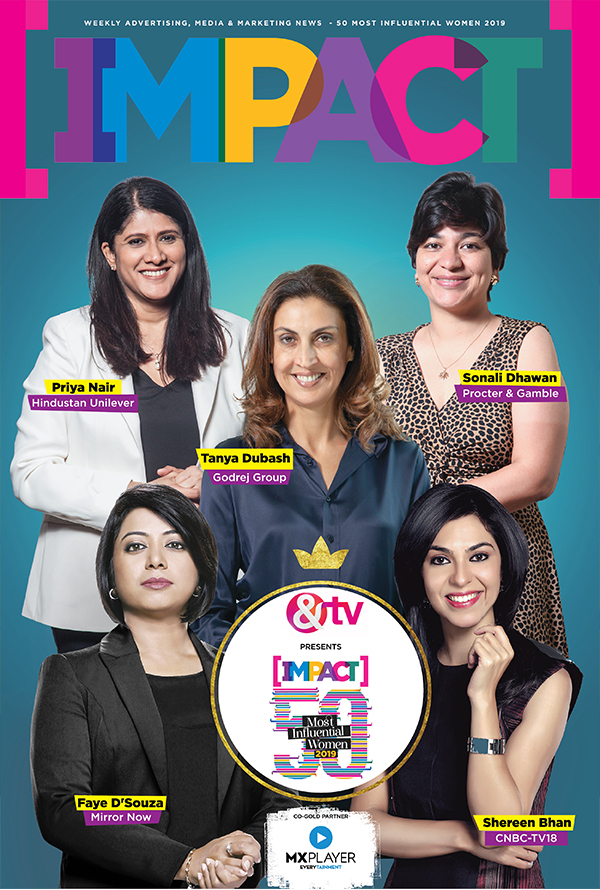I was recently preparing for a role in a play—Leonard, a once-celebrated writer who teaches a seminar on writing to a group of young hopefuls. Leonard is a cynic; ruthless, brutal, even cruel in his critiques. But by the end you realise the brutality is a disguise. Underneath it lies a fierce passion for creativity, an impatience with mediocrity and a hunger to excavate real talent. His method—however abrasive—does its job. Every one of the young writers leaves the experience stronger. And with one in particular, he strikes gold.
As I read Theresa Rebeck’s Seminar and tried to enter Leonard’s skin, one person kept drifting into my mind: Neil French.
My memory took me back to my first Neil French workshop at Ogilvy. We were asked to bring our best work and to create spec campaigns for his review. My team and I had worked hard. The work had been appreciated by our peers and even by the boss, Piyush Pandey. I imagined Neil would approve too.
We reached Sariska Lodge, Rajasthan, on a pleasant evening, headed straight to a party where Neil French held court. He was impeccably spoken, wickedly funny, with a devilish face that matched his wit. Some of my colleagues had worked with him the previous year, so they buzzed around him like acolytes. I, being shy in those days, managed only a polite introduction.
At 9:30 the next morning we gathered in the conference room. This was the age of print, and Neil was the undisputed king of print. He strode in wearing boots with his jeans tucked into them, and, most ominously, carrying a riding crop.
The first creative director laid out his campaign and began explaining its background. Neil froze him with a glacial stare. “When this campaign was released, did you also explain it to the consumer? No? Then shut up. The work is rubbish.” Piyush attempted to intervene; Neil brushed it aside. With a flick of the crop he sent the layouts skittering to the floor. Then he went around the table, reviewing other campaigns, muttering “Rubbish… rubbish… rubbish…” as more layouts flew. One or two survived with a terse “Passable.”
This pattern repeated with the others. By the time my turn came, I knew better than to utter a word. I laid out my work in silence and prayed. My prayers were in vain. My ads too ended up on the cutting room floor.
Once he had finished eviscerating us, he played a video of himself expounding on how “good is the enemy of great.” Much like Leonard in the play, he said, “If you’re going to be creative, be a f**king man about it.” (In later years he would get into hot water for other sexist remarks.) I remember almost nothing else from that day. I was in shock; my confidence had taken a direct hit.
On the way back to Mumbai, I replayed his comments again and again. That weekend, I gathered my team at my home in Palm Court (near the old Ogilvy office at Apeejay House). We sat on the floor, eating pizza, the discarded layouts spread out before us like crime-scene evidence. I replayed Neil French’s feedback verbatim. My colleagues were outraged at first. But we made a pact: next year, we would do better.
We worked hard, with Neil’s invisible riding crop hovering over our heads. We second-guessed him at every turn. We had dreams—and nightmares—about him.
The following year’s workshop was at Pataudi Palace, Haryana. The party on the first evening was déjà vu, but with one amusing twist. Because Sharmila Tagore is a distant relative (a fact I might have let slip to the staff), I received mysteriously preferential service—drinks and snacks arriving as if by magic. My colleagues were baffled and faintly resentful. For once, I enjoyed the advantage.
The next morning our work was to be displayed again. Some colleagues were promptly demolished. When my turn came, I placed my print, outdoor and storyboard work on the table, bracing myself for carnage.
To my astonishment, Neil began to beam. He was indifferent to some pieces, but others he genuinely liked. Nothing hit the floor. Not one layout.
That evening he sought me out. He was warm, generous with his advice, full of wicked stories about how he’d smuggled famous campaigns past suspicious clients. He talked about his disagreements with suits and CEOs. And the number of times he’d walked out of various agencies. He even spoke about his family and proudly showed me a picture of his son Daniel. (So the ogre had a soft side after all.) He began calling me “Jesus” — I assume because of my long hair.
We became friends. At subsequent workshops he continued to encourage me. He had high hopes for my career at Ogilvy. (Though I eventually did not quite reach that height which he intended for me.) We met a few times even after Piyush discontinued the workshops. His acerbic wit was far more enjoyable when directed elsewhere!
Over the years, life moved on. We lost touch. Honestly, I hadn’t thought about him in a long while. Then, while preparing to play Leonard, he returned to my thoughts—unbidden, insistent. It was as if, just before his passing, he decided to reappear in my creative life, to reinforce his lessons one last time.
I don’t fully subscribe to the idea that you must be cruel to be kind. But in trying to play Leonard, I did slip inside Neil’s perspective. I understood how a brutal façade can hide a fundamental reverence for craft.
My early encounters with him were a true turning point in my life as a copywriter and creative director. For that, I will always be grateful. But I won’t gush—Neil would hate that.
I’ll stop here, before he starts rolling his eyes at me from wherever he is now.










.jpg)







